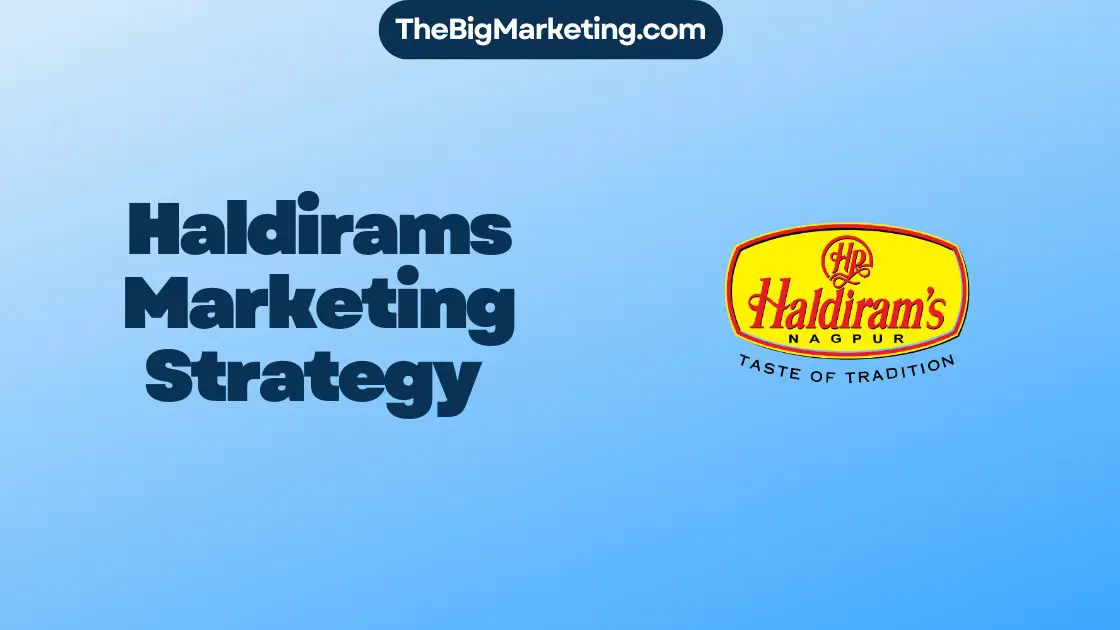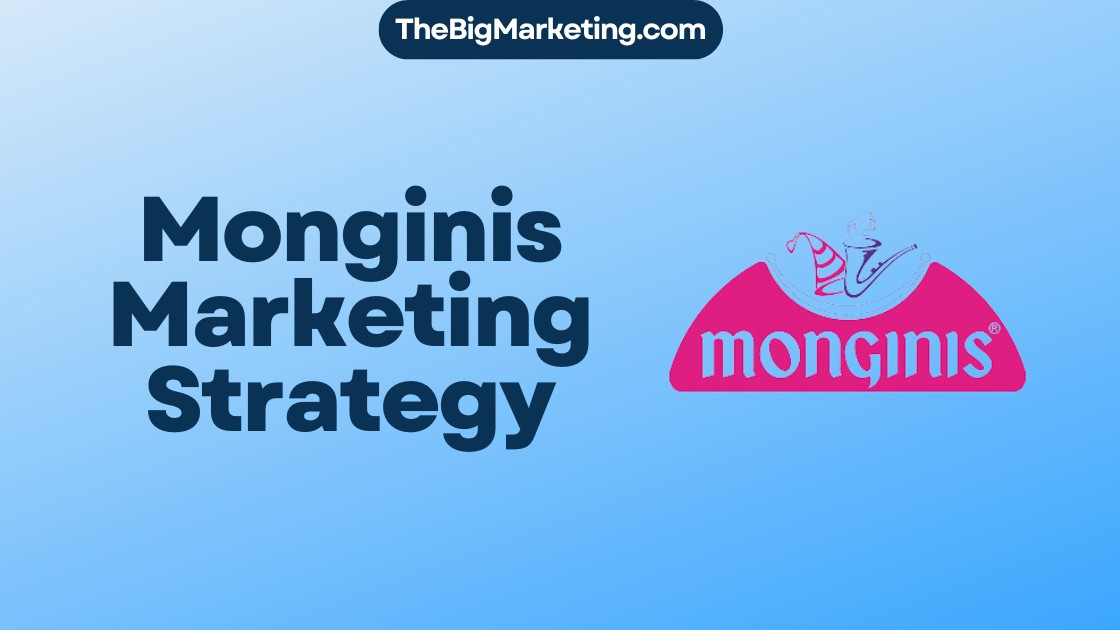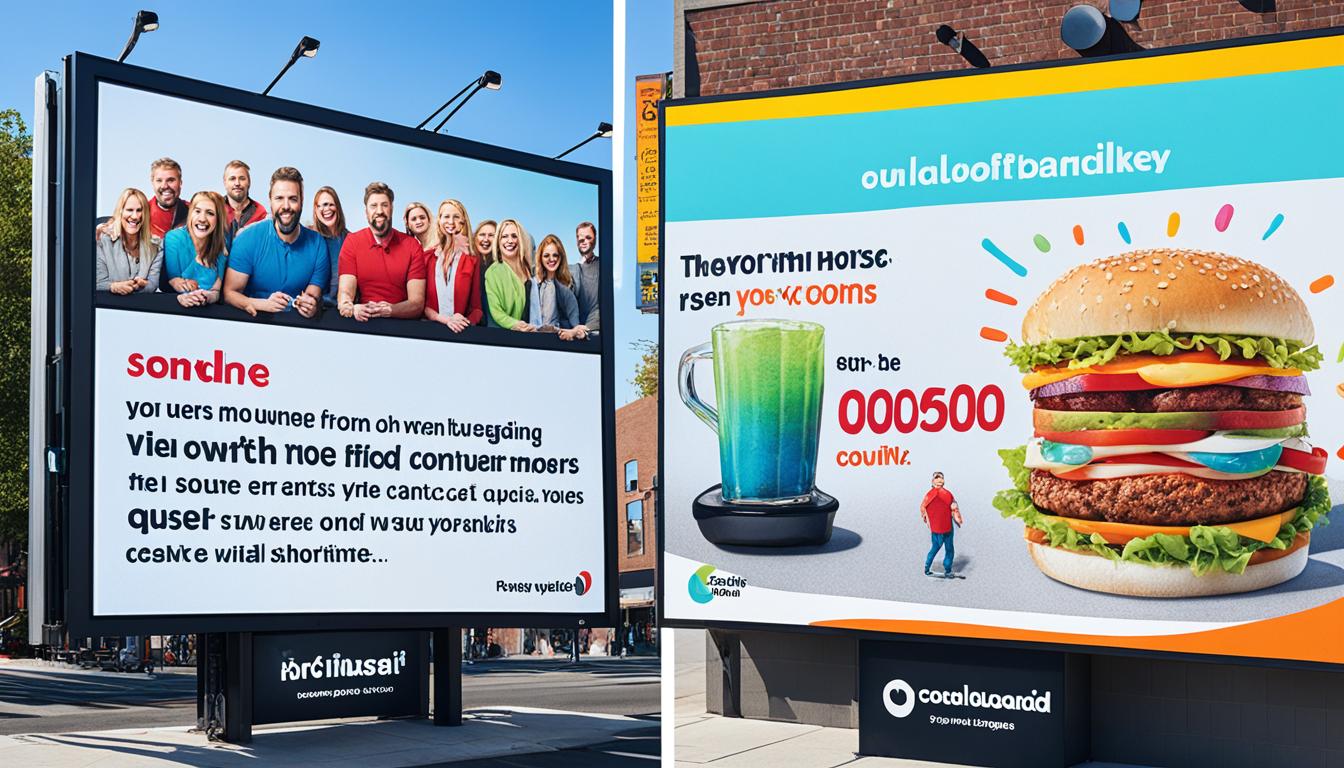In the world of digital marketing, two strategies stand out: Search Engine Optimization (SEO) and Marketplace Optimization (MPO). Both aim to help your business make more sales, but they operate in different realms. If you’re wondering how SEO and MPO compare and which one you should invest in, this comprehensive guide is here to shed light on the subject. We will delve into the intricacies of both strategies, comparing factors such as process, ranking signals, costs, ROI, time to see results, and more. By the end, you’ll have a clearer understanding of how these strategies can help your business thrive.
Key Takeaways:
- MPO Marketing focuses on optimizing product listings on online marketplaces like eBay.
- MPO offers a more straightforward process compared to the broader scope of work in SEO.
- SEO requires more time and effort, but offers long-term profitability.
- MPO yields faster results, while SEO provides stable and sustainable organic traffic.
- Combining SEO and MPO can deliver excellent results and increase sales.
Now that we’ve covered the introduction, let’s dive deeper into the differences between SEO and MPO, their processes, ranking factors, costs, ROI, and the benefits of leveraging both strategies. By the end of this guide, you’ll have the knowledge you need to make an informed decision on how to optimize your online presence.
SEO vs Marketplace Optimization: Understanding the Differences
When it comes to optimizing your online presence and driving sales, two strategies come to the forefront: Search Engine Optimization (SEO) and Marketplace Optimization (MPO). While both approaches aim to increase visibility and revenue, they operate in distinct realms, each with its own set of advantages. In this section, we will compare SEO and MPO to understand the differences and determine which strategy best suits your business needs.
What is SEO?
SEO is a digital marketing strategy focused on improving a website’s visibility and ranking on search engines like Google. By optimizing various aspects of your website, such as content, keywords, meta tags, and backlinks, SEO aims to attract organic traffic and generate quality leads.
What is MPO?
MPO, on the other hand, revolves around optimizing product listings on popular online marketplaces like eBay, Amazon, and Etsy. By strategically optimizing product titles, descriptions, images, and other elements, MPO aims to attract buyers and increase sales within these marketplaces.
Process: SEO vs MPO
The process of implementing SEO and MPO differs significantly. SEO involves a comprehensive approach, including technical SEO, keyword research, content creation, on-page optimization, off-page optimization, and link building. It requires ongoing efforts to maintain and improve website rankings.
MPO, on the other hand, has a more streamlined process that focuses on optimizing product-specific elements. This includes optimizing product titles, descriptions, images, and other related factors to improve visibility within online marketplaces.
Ranking Factors: SEO vs MPO
When it comes to ranking factors, SEO has a plethora of variables that search engines consider. These factors include backlinks, content quality, website structure, domain authority, and more. SEO optimization is a multifaceted approach that requires a deep understanding of search engine algorithms.
On the other hand, MPO has a narrower scope of ranking factors, mainly centered around product-specific elements. These include product titles, descriptions, images, customer reviews, and other marketplace-specific features.
Costs: SEO vs MPO
In terms of costs, SEO can be more expensive due to its comprehensive nature. It often involves ongoing investment in content creation, website optimization, and link building. Prices for SEO services can vary depending on the scope and scale of your website and industry.
MPO, on the other hand, can be a more cost-effective option. You can optimize your product listings yourself or hire professionals for a specific number of listings. The costs associated with MPO are generally lower compared to the long-term investment required for SEO.
Time Taken for Results: SEO vs MPO
SEO is a long-term strategy that requires time and patience to see substantial results. It can take several months of consistent efforts to achieve significant improvements in website rankings and organic traffic.
With MPO, results can be seen much faster. Since marketplace rankings are updated daily, optimizing product listings can lead to immediate visibility and potential sales within a shorter timeframe.
Results and ROI: SEO vs MPO
Both SEO and MPO can yield positive results and return on investment (ROI). However, SEO tends to offer more sustainable long-term outcomes. Organic traffic generated through SEO efforts tends to be more stable and consistently contributes to higher conversion rates over time.
MPO offers a quick ROI with immediate visibility and potential sales on online marketplaces. However, its stability and long-term profitability may vary depending on the competitiveness of the marketplace and the demand for your products.
Process Differences between SEO and MPO
One of the key differences between SEO and MPO lies in the process. While both strategies aim to optimize online presence and increase sales, they approach it from different angles.
With MPO, the process is generally easier to implement. It primarily involves optimizing product titles, descriptions, tags, and images on online marketplaces. By ensuring these elements are optimized, businesses can improve their product visibility and attract potential customers. MPO strategy focuses on leveraging marketplace algorithms and ranking factors to drive sales.
On the other hand, SEO has a broader scope of work. It includes technical SEO, keyword research, content creation and optimization, image optimization, interlinking, and link building. SEO strategy aims to improve website visibility and ranking on search engines like Google, ultimately driving organic traffic to the website.
This broader scope of work requires more time and effort. SEO professionals need to engage in extensive content creation and optimize various on-page and off-page elements to achieve desired results. However, the long-term benefits of a well-executed SEO strategy can be substantial, leading to increased organic visibility, brand awareness, and higher conversion rates.
While MPO offers a more straightforward and streamlined process, SEO entails a more comprehensive and involved approach. Businesses should carefully assess their objectives, resources, and target audience to determine which strategy best aligns with their goals.
Benefits of MPO Process:
- Faster implementation
- Focused optimization on marketplace elements
- Direct impact on product visibility and rankings
Benefits of SEO Process:
- Comprehensive optimization of website elements
- Potential for long-term organic traffic and visibility
- Enhanced brand awareness and higher conversion rates
By understanding the process differences between SEO and MPO, businesses can make informed decisions about which strategy to prioritize or how to integrate both for maximum impact.
Ranking Factors in SEO and MPO
When it comes to optimizing your online presence, understanding the ranking factors is crucial. In the world of digital marketing, both SEO and MPO have their unique set of factors that influence rankings.
In MPO, the optimization primarily revolves around product-specific elements such as titles, descriptions, images, and customer reviews. By ensuring these elements are well-optimized, you can improve your product’s visibility and ranking on online marketplaces.
On the other hand, SEO has a wide range of ranking factors that search engines consider when evaluating website rankings. These factors include backlinks, titles, headings, URLs, content quality, domain authority, website structure, site speed, and mobile friendliness. Optimizing these elements is crucial for improving your website’s visibility and attracting organic traffic.
While MPO focuses on product-specific optimizations, SEO optimization encompasses a broader range of factors that collectively contribute to search engine rankings. By understanding and implementing these factors effectively, you can improve your chances of securing higher positions in both online marketplaces and search engine results pages.
Comparison of Ranking Factors between SEO and MPO
| Ranking Factors | SEO | MPO |
|---|---|---|
| Titles | ✓ | ✓ |
| Descriptions | ✓ | ✓ |
| Images | ✓ | ✓ |
| Customer Reviews | ✓ | ✓ |
| Backlinks | ✓ | X |
| Content Quality | ✓ | X |
| Domain Authority | ✓ | X |
| Website Structure | ✓ | X |
| Site Speed | ✓ | X |
| Mobile Friendliness | ✓ | X |
As seen in the table, both SEO and MPO share some common ranking factors such as titles, descriptions, images, and customer reviews. However, SEO encompasses a broader range of factors that contribute to website rankings. On the other hand, MPO focuses solely on optimizing product-specific elements to improve rankings on online marketplaces.
By understanding the ranking factors of both SEO and MPO, businesses can create a holistic optimization strategy that aligns with their objectives and maximizes their online visibility.
Costs Comparison between SEO and MPO
When it comes to the costs involved, MPO can be a more affordable option compared to SEO, especially if you have the ability to optimize your product listings on your own. Opting for professional MPO services can range anywhere between $20 to $70 per product listing, depending on the number of products you have.
On the other hand, investing in SEO for an e-commerce store can have a broader price range. Monthly SEO services typically range from $400 to $3000, depending on the scope of work and the level of expertise required. A comprehensive six-month SEO campaign may cost anywhere between $2400 and $15,000.
While SEO may seem more expensive initially, it is important to consider the long-term profitability it offers. By optimizing your website for search engines, you can generate consistent organic traffic and achieve higher conversions over time, resulting in a significant return on investment (ROI).
Time Taken for Results in SEO and MPO
When it comes to seeing results, the timelines differ for SEO and MPO. MPO, which focuses on online marketplaces, generally delivers quicker outcomes. With marketplace rankings updated daily, you can expect to start ranking within 24 hours after optimizing your product listings. On the other hand, SEO requires more time and patience. It typically takes an average timeframe of three to six months to see substantial results.
While MPO provides immediate visibility on marketplaces, SEO’s effectiveness lies in its long-term benefits. Once you achieve top rankings in search engines, your website can continue to generate organic traffic and sales for years. This sustained presence in search engine results makes SEO a powerful strategy to drive consistent and ongoing growth for your business.
As shown in the timeline above, MPO offers quick and immediate results, whereas SEO requires a longer timeframe to establish a strong online presence. However, it’s important to note that the specific timelines may vary depending on various factors such as competition, industry, and the depth of optimization efforts.
Results and ROI in SEO and MPO
Both SEO and MPO deliver positive results and a return on investment (ROI) for businesses. However, SEO tends to offer better long-term outcomes, providing stable and sustainable organic traffic that leads to higher conversion rates. By implementing SEO strategies, businesses can effectively target customers at different stages of the buying funnel, maximizing revenue potential. Furthermore, SEO contributes to brand awareness and social shares, offering long-term benefits for businesses.
On the other hand, MPO also provides a good ROI, but its stability is not as reliable as search engine rankings. While MPO can generate positive results in terms of sales and visibility on online marketplaces, it is dependent on various factors such as changing algorithms and marketplace competition. Therefore, while MPO offers a positive return on investment, its success may not always be as consistent or sustainable as SEO.
Ultimately, businesses need to carefully evaluate their goals and priorities to determine the most suitable approach. Investing in SEO can provide long-lasting benefits, including stable organic traffic, higher conversion rates, and improved brand awareness. On the other hand, MPO can be a valuable addition to the marketing strategy, offering faster results and increased visibility on online marketplaces. It is important to consider the unique strengths of each strategy and integrate them based on the specific needs and objectives of the business.
Leveraging SEO and MPO Together
Choosing between SEO and MPO doesn’t have to be an “either/or” decision. In fact, combining both strategies can deliver excellent results. If you have a limited budget, consider implementing MPO yourself or hiring someone for a few product listings while investing in SEO for long-term profitability. By leveraging both SEO and MPO, you create multiple touchpoints for potential customers, increasing the likelihood of product discovery and sales. Remember, each strategy has its advantages, and a tailored approach based on your business needs is key to achieving digital marketing success.
When integrating SEO and MPO, it’s important to establish a cohesive strategy that maximizes the strengths of both approaches. Here are a few key considerations to keep in mind:
1. Keyword Optimization
While SEO focuses on optimizing website content for search engine rankings, MPO prioritizes product listing optimization on online marketplaces. To effectively combine both strategies, conduct thorough keyword research to identify target keywords for your website and product listings. Incorporate these keywords naturally into your website content and product descriptions to enhance visibility in both search engine and marketplace results. Remember to optimize product titles, descriptions, tags, and images for MPO while maintaining a strong keyword presence on your website.
2. Link Building and Reviews
Link building plays a crucial role in SEO, helping to increase website authority and rankings. Similarly, customer reviews affect your MPO performance, influencing buyer decisions and marketplace rankings. Encourage customers to leave reviews on both your website and marketplace listings. Additionally, build backlinks to your product listings from relevant websites and leverage internal linking on your website to boost SEO. By combining these link building strategies, you can enhance the visibility and credibility of both your website and product listings.
3. Content Marketing
Content marketing is an integral component of SEO, helping to attract and engage website visitors. Incorporate a robust content marketing strategy that includes blog posts, articles, and guides related to your products or industry. Share this content on social media platforms to drive traffic to your website and create brand awareness. Simultaneously, create compelling product descriptions and compelling visual content (including images and videos) for your product listings to optimize MPO. By aligning your content marketing efforts across your website and marketplaces, you can establish your brand as an authority in your industry.
By integrating SEO and MPO, you can effectively increase your online visibility, attract a wider audience, and drive more sales. This combination allows you to tap into the advantages of both strategies, leveraging search engine and marketplace rankings to expand your reach and boost revenue. Implement a well-rounded approach that focuses on keyword optimization, link building, reviews, and content marketing to create a comprehensive SEO and MPO strategy for your business.
| SEO | MPO |
|---|---|
| Optimizes website content | Optimizes product listings on marketplaces |
| Focused on long-term profitability | Delivers faster results |
| Broader scope of work | Requires fewer ranking factors to optimize |
| Thousands of ranking factors | Key ranking factors include titles, descriptions, and images |
| Higher initial costs | Can be cheaper, especially if done in-house |
| Longer time to see substantial results | Rapid marketplace rankings updates |
Conclusion
In conclusion, MPO Marketing offers a more targeted and cost-effective approach to optimizing product listings on online marketplaces. By leveraging MPO, businesses can achieve faster results and increase sales on platforms like eBay. However, it is essential to remember that SEO remains the foundation for long-term online visibility and organic traffic generation.
When considering digital marketing strategies, businesses should take into account the process, ranking factors, costs, and ROI of both SEO and MPO. Combining both strategies can deliver excellent results, providing multiple touchpoints for potential customers and maximizing marketing efforts.
Ultimately, the ever-evolving digital landscape requires businesses to make informed decisions and adapt their strategies accordingly. By understanding the benefits of both SEO and MPO, businesses can drive success and thrive in the competitive online marketplace.






